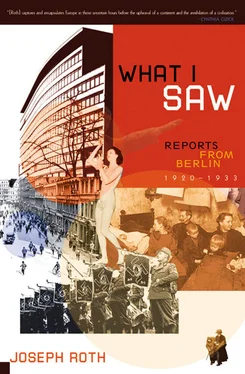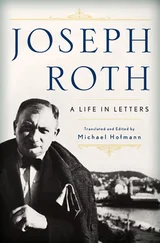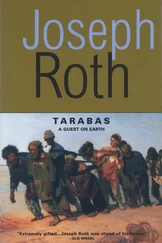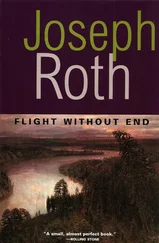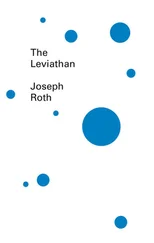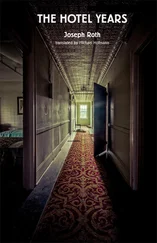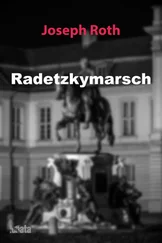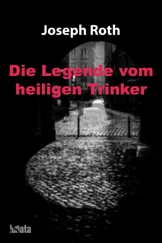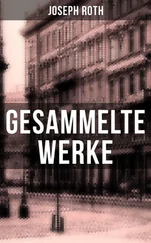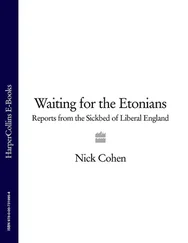Joseph Roth
What I Saw: Reports from Berlin 1920-1933

Map of Berlin, page 2: Pharus-Plan Fahrtfinder-Ausgabe Berlin [map], 1915. Courtesy of the Map Division, The New York Public Library, Astor, Lenox, and Tilden Foundations
Copyright © 1996 by Verlag Kiepenheuer & Witsch Köln and
Verlag de Lange Amsterdam
English translation copyright © 2003 by W. W. Norton & Company, Inc.
Translator’s Introduction copyright © 2003 by Michael Hofmann
Originally published in German as Joseph Roth in Berlin: Ein Lesebuch für Spaziergänger
All rights reserved
Printed in the United States of America
First published as a Norton paperback 2004
For information about permission to reproduce selections from this book, write to Permissions, W. W. Norton & Company, Inc., 500 Fifth Avenue, New York, NY 10110
Manufacturing by The Maple-Vail Book Manufacturing Group
Book design by Chris Welch
Production manager: Andrew Marasia
Ebook conversion by Erin Campbell, TIPS Technical Publishing, Inc.
Library of Congress Cataloging-in-Publication Data
Roth, Joseph, 1894–1939.
[Joseph Roth in Berlin. English]
What I saw: reports from Berlin, 1920–1933 / Joseph Roth; translated with an introduction by Michael Hofmann; edited in German by Michael Bienert.
p. cm.
Included index.
ISBN 0-393-05167-6
1. Berlin (Germany) — Social life and customs. 2. Berlin (Germany) — Social conditions.
3. Berlin (Germany) — Politics and government. 4. Germany — Politics and government—1918–1933. 5. Berlin (Germany) — Intellectual life. 6. Crime — Germany — Berlin — History—20th century. I. Hofmann, Michael, 1957 Aug. 25– II. Bienert, Michael, 1964–. III. Title.
DD866.R6813 2003
943’.155085—dc21 2002014211
ISBN 0-393-32582-2 pbk.
W. W. Norton & Company, Inc., 500 Fifth Avenue, New York, N.Y. 10110
www.wwnorton.com
W. W. Norton & Company Ltd., Castle House, 75/76 Wells Street, London W1T 3QT
1234567890
The name “Weimar Republic” has a whiff of fragility, of scandal, of doom about it. It denotes a tiny period of German history, the years from 1918 to 1933; an interval of tremulous republican government, between monarchy and dictatorship, between one catastrophic war and the approach of another; but most of all a period that was fast and febrile and fun, and — popularized by the somewhat superficial and touristic versions of Christopher Isherwood — became practically synonymous with the Jazz Age or the Roaring Twenties. Historically, though, it was a form of government and a constitution. There is some pathos and idealism in the name “Weimar,” the little statelet of Goethe and Schiller. One has to imagine the United States or Britain defeated in war, having taken enormous casualties, under part-occupation, and saddled with reparations in a punitive peace treaty that assigned them the guilt for the war, then, bethinking themselves of their finer traditions, naming their government and new constitution after a town that seemed to offer some literary precedent, as it might be “Walden” or “Stratford-on-Avon.” In the end the literary and idealistic connotations of the name did nothing. The government was established (and occasionally maintained) by force of arms. The diplomat Count Kessler wrote witheringly: “The paradox of a republican-social-democratic government allowing itself and the capitalists’ safes to be defended by hired unemployed and royalist officers, is simply too insane.” But so it went, and the Weimar period as a whole was characterized by political violence, assassinations, inflation, unemployment, crisis, and instability. There were seventeen governments in fewer than fifteen years, as an anguished center fought off numerical and decibel encroachments from both flanks. Weimar was always unloved, always friendless. To quote the historian Peter Gay: “The Republic was born in defeat, lived in turmoil, and died in disaster.”
BERLIN WAS BOTH a pendant and a totem for Weimar. It was the seat of government, and the place that made the government ner-vous like no other. It was where the Communist martyrs Rosa Luxemburg and Karl Liebknecht were murdered in 1919, and the Jewish foreign minister Walther Rathenau (see “A Visit to the Rathenau Museum”) in 1922; and yet it was never a Brown — a Nazi — town. It may have celebrated its five hundredth anniversary some time in the 1980s, but it was only really around the turn of 1900 that its combined agglomeration and expansion began to exert the pull — in federated Germany, with its clutch of older, sometimes more beautiful cities — of a center. “To go to Berlin,” writes Gay, “was the aspiration of the composer, the journalist, the actor; with its superb orchestras, its hundred and twenty newspapers, its forty theaters, Berlin was the place for the ambitious, the energetic, the talented. Wherever they started, it was in Berlin that they became, and Berlin that made them, famous.” And yet there was something ungainly and sprawling and fermenting about it. It was a capital city that, like some horrible adolescent, had yet to grow into its role. In some ways it was even worse — a sort of golem — something that had been created for the purpose of existing, like Weimar, a bubble, and a hyperventilating bubble at that. (Read Roth on the Kurfürstendamm, an arrow going nowhere, but not a place one can be. ) It is a very curious thing that the extraterritoriality that (West) Berlin had later, as an island-city in the Cold War, seemed already to exist in the 1920s, as witness the following tirade against Berlin, by the hero of Joseph Roth’s 1927 novel, Flight Without End (translated by David Le Vay with Beatrice Musgrave):
“This city,” he said, “exists outside Germany, outside Europe. It is its own capital. It does not draw its supplies from the land. It obtains nothing from the earth on which it is built. It converts this earth into asphalt, bricks and walls. It shades the plain with its houses, it supplies the plain with bread from its factories, it determines the plain’s dialect, its national mores, its national costume. It is the very embodiment of a city. . It has its own animal kingdom in the Zoological Gardens and the Aquarium, the Aviary and the Monkey House, its own vegetation in the Botanic Garden, its own stretches of sand on which foundations are laid and factories erected, it even has its own harbor, its river is a sea, it is a continent. . It nourishes the natives of Düsseldorf, of Cologne, of Breslau, and draws nourishment from them. It has no culture of its own as have Breslau, Cologne, Frankfurt, Königsberg. It has no religion. It has the most hideous churches in the world. It has no society. But it has everything that society alone provides in every other city: theaters, art, a stock-exchange, trade, cinema, subways.”
THIS BOOK — THE first collection of Joseph Roth’s journalism to appear in English — is a direct translation of a German selection made in 1996 by Michael Bienert: Joseph Roth in Berlin, subtitled Ein Lesebuch fur Spaziergänger (a reader for walkers). It is, I think, an admirable selection, not least because Bienert is fully qualified to serve two masters: He has literary training, and he works, or has worked, as a tour guide in Berlin. He knows the city like the proverbial back of his hand. That said, the interests of the English-speaking reader, as I seek to represent them, are not fully identical with Bienert’s. That reader is unlikely to turn up in Berlin with the
Читать дальше
